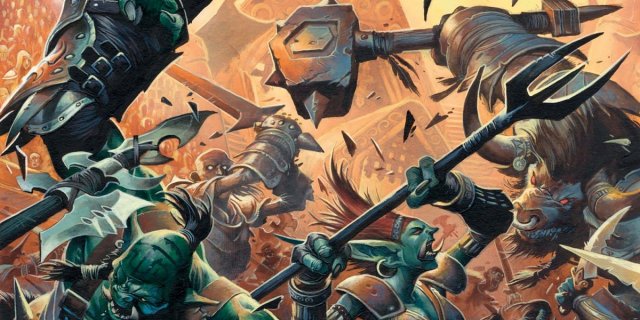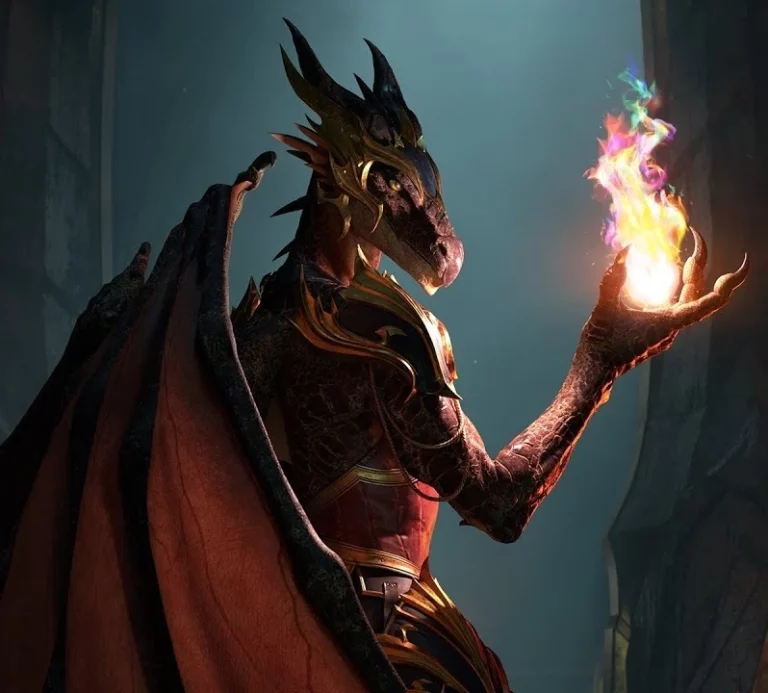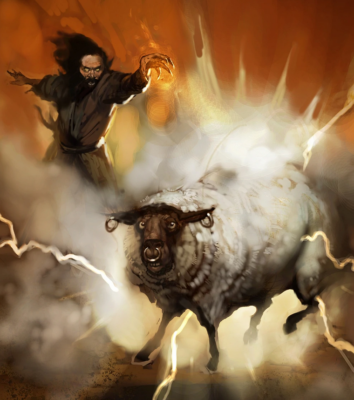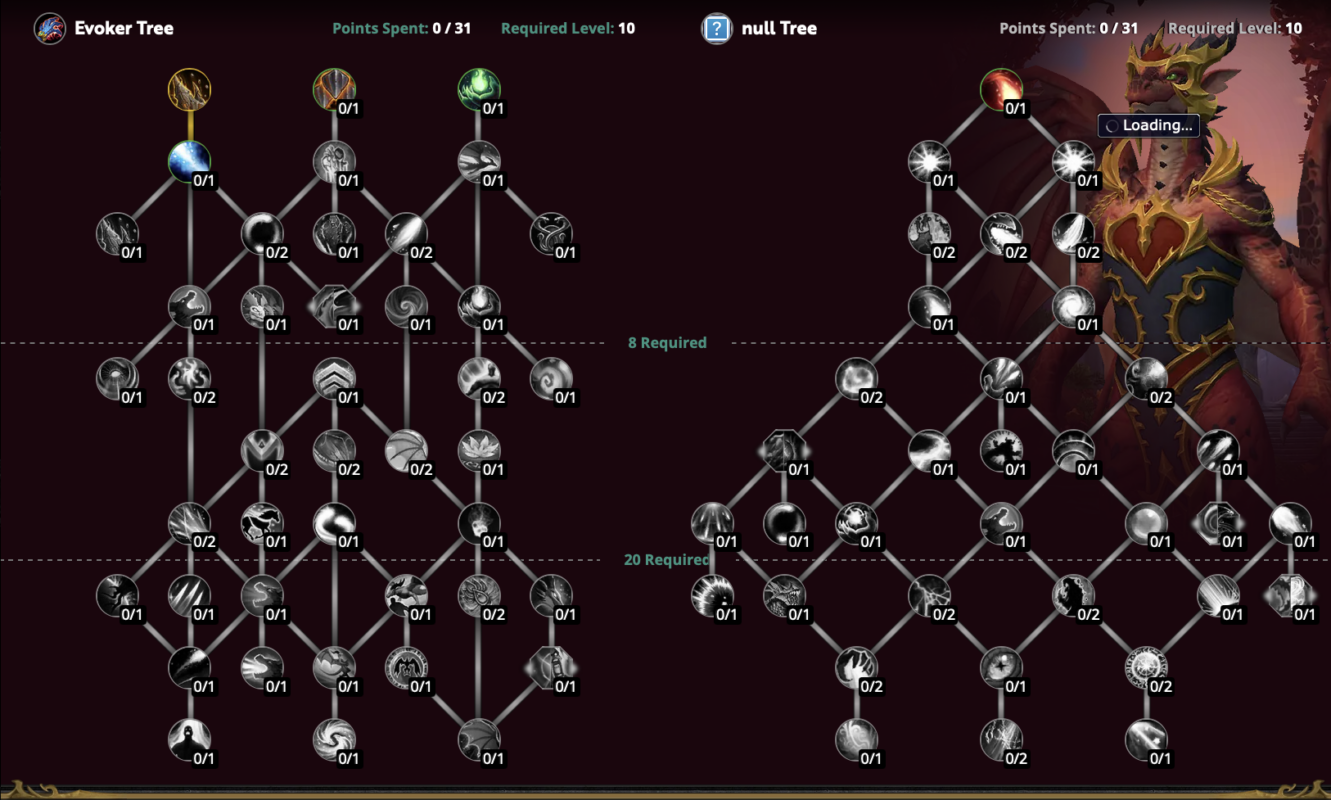In late October, Preach took to the skies in a nearly 20 hour journey that would eventually take him to Irvine, California. The result of months of discussion and planning, he was there to take a deeper look at a game he had played for over 15 years, and the company behind it. With PG Team member Nupss flying in as cameraman and audio wizard, they were ready to meet with several members of the Warcraft and Blizzard Entertainment team to put together an (almost) Access all areas look at Blizzard and WoW. To look at what went wrong, what changed, and what the future holds.

In the first of our Interview Articles we’re going over some of the main points from our interview featuring Lead Combat Designer Brian Holinka and Senior Game Designer Graham Berger.
Brian, widely known for his roles in overseeing the PvP in Warcraft, is in charge of the combat for the whole of the game.
Graham worked extensively on Dragonflight’s new race, the Dracthyr!

Class Design
With a new class being introduced to the game, the first since Demon Hunters were added in Legion, it is always interesting to look at how the team take on the rather daunting task of designing and balancing the 13 classes and 38 specialisations you can choose from in Dragonflight . As you can imagine, it’s a collaborative effort, and Graham explained how people from a multitude of departments get together to discuss and brainstorm.
On the very basic level, a general rule is that not every class can do everything, says Brian. It is important that DPS players are the ones doing the most damage for example, a reason Brian and Mike both agree that Vegenace for Tanks should not make a return. They also want situations where classes can excel and it is important each class and spec brings something that means others are going to be happy you’re in their raid group.
If you want to be a ferocious cat or an arcane mage, if that’s your fantasy, we want to make sure you can be there

Not only do classes and specs need to be balanced against each other, they also need to be balanced and functional in a variety of different environments.The goal, Brian says. Is to give players a cohesive game experience where you can go from questing and leveling on your character to diving into a PvP arena and knowing your class will play in a similar way.
The need for familiarity also needs to be met with the understanding that some parts of your PvE gameplay will need to be modified when used in a PvP setting and to meet this balance there are certain aspects they can tweak and work with. Cooldowns are off limits, says Brian. “There is a rhythm to the game and messing with that messes with the whole feel of the game”. Durations however can be tweaked. Nobody wants to be polymorphed for 60 seconds, so lowering the duration of that spell in PvP is something they can look at. Graham agrees and adds that modifying things in this way keeps the way you use and think about your spells the same across both PvE and PvP.
Setting the Bar
As diverse as the classes are in World of Warcraft, it is also an important aspect for the developers to remember that its players are equally as diverse and varied. Balancing combat and classes to work for all those groups of players is hard, says Brian
“There are players struggling to get a 5 keystone and people pushing 25. They all play the game differently”
An example from Brian sets the picture well. They want tanks to be fun, and they can be, but tanks can also be pretty intimidating with the amount of responsibility they hold. The challenge comes when they have to make tanks easier and more accessible so they can encourage people to try them out, but at the same time they have to address that there are great tanks out there who want to ‘go deep’ and get more of a challenge out of the role.
That divide between the more casual player and the player’s who want to ‘go deep’ is exacerbated when considering the gulf between the more casual player and the top guilds and players. The top players set a bar of what they can push out of their respective classes and specs and balancing against that bar is, Brian admits, a little unfortunate but its something they have to manage. It is a limitation of the type of game they are making. World of Wacraft is a social and multiplayer game and they have to do a good job balancing the needs and wants of all of its players.
As diverse as the classes are in World of Warcraft, it is also an important aspect for the developers to remember that its players are equally as diverse and varied. Balancing combat and classes to work for all those groups of players is hard, says Brian

Learning to Dragon

Balancing existing jobs can be hard, but the team were not afraid to add a new class and race to the game with the addition of the Dracthyr Evoker in Dragonflight. The Evokers are the first new class to the game since the addition of Demon Hunters back in 2016, but given the setting of the upcoming expansion “Making you a dragon was an obvious choice” says Graham. In terms of combat they also wanted you not just to look like a dragon but to feel like one, they wanted you to be able to do some of the things that Alexstrasza and Nozdormu can do.
Before they could start designing the Dracthyr as being towering behemoths five times larger than a tauren, they had to pull the reigns in a little. As cool as being a huge Neltharian sized dragon would be that just wouldn’t work when they’re sitting in melee range in a raid, says Graham. Instead they opted for sleek design for the dracthyr, nimble and agile, and capable of dashing and diving around the battlefield. The team came up with lots of unique traits this draconic race could have,including them being gigantic behemoths, hoarders, sleeping in caves and other weird and wonderful things that spring to mind when you think of a dragon, but they decided to focus on the magic of the dragons. Their goal then was to really hit key themes when making spells and give players a feeling. Graham’s favourite spell is Deep Breathe and this he thinks does help add to that feeling of being a dragon. “The moment you’re breathing in before you breathe fire is just as important as breathing fire” he adds.
There were still plenty of challenges they had to overcome when creating the evoker, and Graham says they had a lot of technical challenges with time magic in particular. Figuring out what they could do, what they might be able to do and explore and what ideas were totally ridiculous. Something they looked into for a while was the idea of a Time Stop idea. “Drop a bubble and just stop everything going on” says Graham. It sounds really cool but like they mentioned regarding Polymorph earlier, stopping everything around you sounds really cool but using that in a multiplayer game and your friends are there unable to move well, ‘they’re not stoked about it’ as Brian put it.
Time Stop may not have made it but it in but one thing that will be appearing in Dragonflight is the iconic Dragon Riding. Brian said he never thought something like it would be possible in WoW. That the first moment launching off on the back of your drake is seeing the world in a totally new way.

“I didn’t even imagine we’d be able to do this in WoW”
A Return to Talent Trees

Just as the dragons return to the Dragon Isles, Talent trees are making a return to World of Warcraft, and Brian thinks they have managed to make something accessible for all players. There are players who will want to just set their talents and walk away and that’s why they made the starter builds, which has received a lot of good feedback.
Looking at why they made the decision to return to the talent trees, Brian mentioned that coming out of the Shadowlands, a lot of the team were diving into Classic again and returning to that Talent Tree system was one of the prompts to trigger the conversation. “It’s more fun to get a talent point, than a rank upgrade” said Brian. Then went on to explain that in Mists of Pandaria the idea was to make the choices straightforward but meaningful. Essentially what this meaningful choice system meant that if you’ve played your character since Mists of Pandaria the talents felt stale and similar because the classes were so heavily curated “You were making 7 choices in your rows and that was it”. Brian added that it is harder to balance a talent tree, but that freedom you get to define your character is worth a lot.
“Everything else we handed to you. Now we’ve really empowered players”
You can hear the full interview with Brian and Holinka, along with many others, on the premium section of the website.
You can see the two in-depth videos covering our trip to Blizzard HQ on our Youtube Channel!

